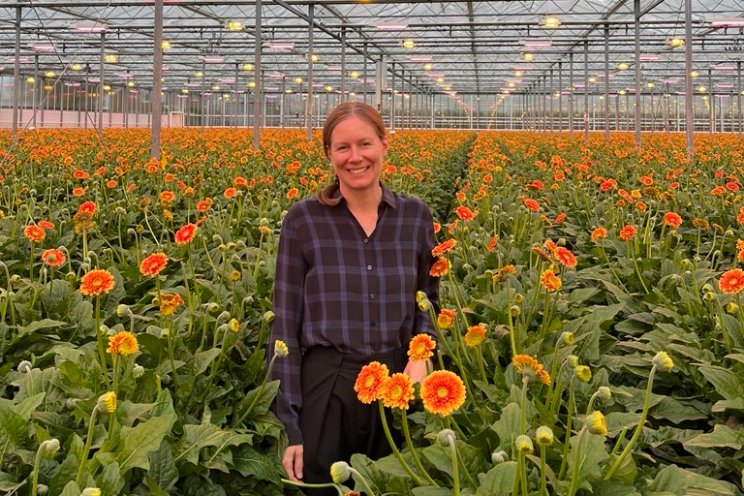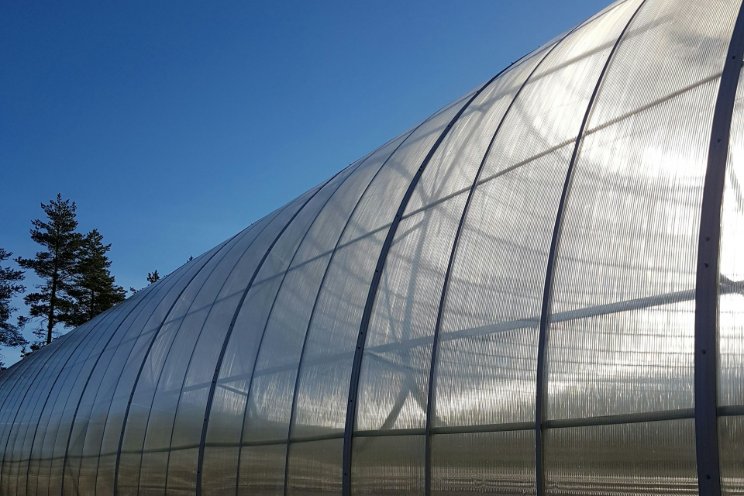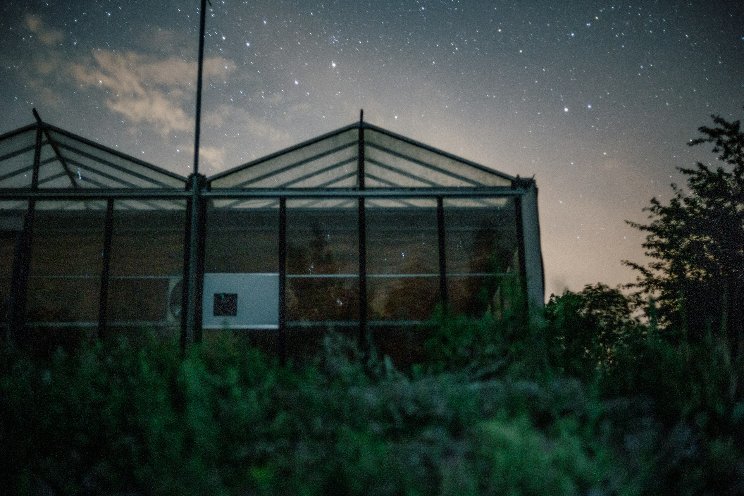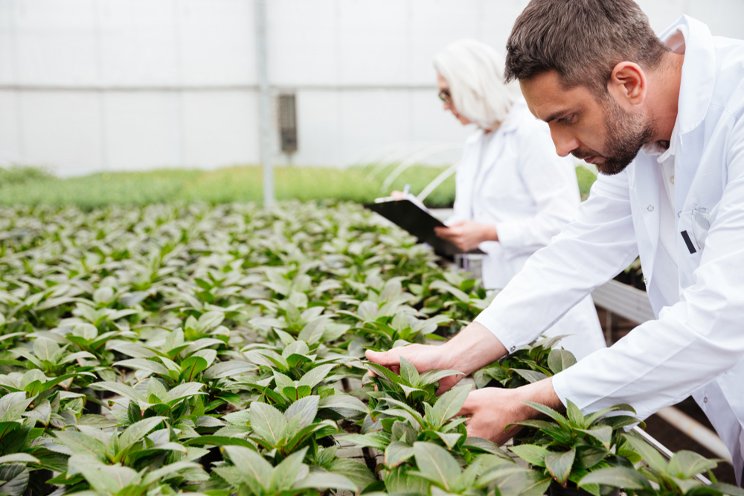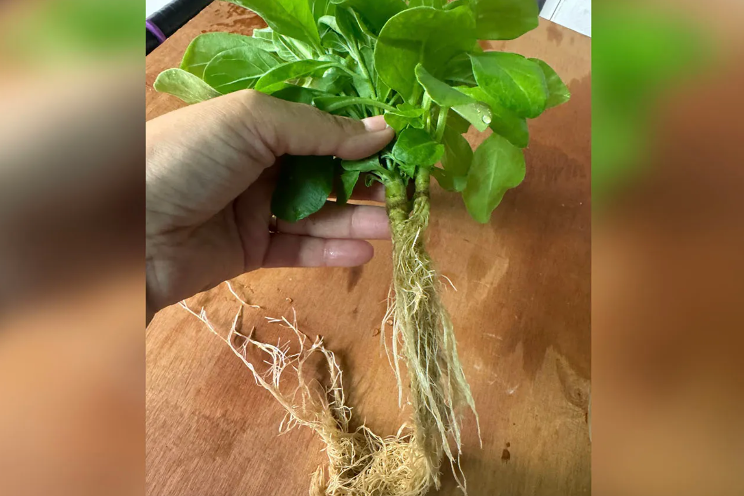Why tomato plants turn yellow
Added on 07 May 2020
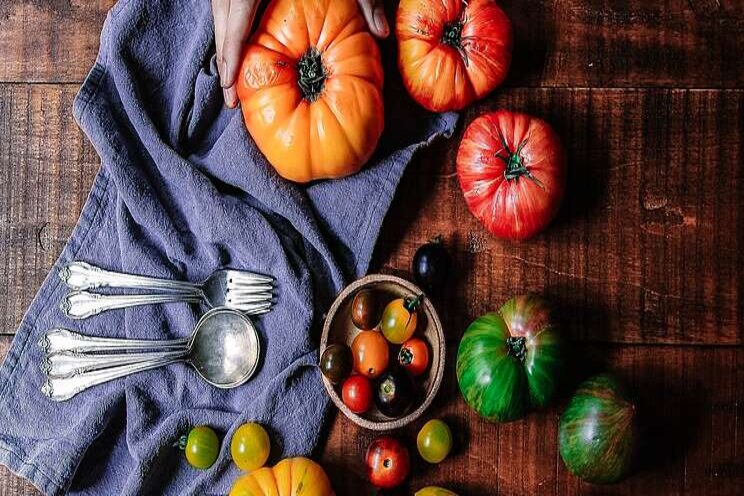
Disease
Fungal diseases such as Fusarium wilt and Verticillium wilt cause yellowing in the leaves that start in the lower leaves and make their way up to the top of the plant. If left untreated, the entire plant may die. Wilt diseases thrive in wet conditions, and may be hosted by nearby weeds. Wilt diseases can be controlled with regular applications of fungicide. If the problem is ongoing, consider using wilt-resistant cultivars in the future.
Pests
Psyllid insects feed on leaves, injecting a toxic saliva into the plant that causes leaves to turn yellow and develop purple-tinged veins. Stems may also become crooked. Check the undersides of leaves for aphidlike yellow or green insects. To confirm psyllids, check the undersides of leaves for nymphs. Colorado State University Extension recommends dusting the foliage with sulfur to prevent psyllids. Spider mites may also attack, causing yellow stippling on leaves. Spider mites can be difficult to see and control, though insecticidal soap may be effective.
Sun
Heat can cause yellowing in fruits, called "yellow shoulders" or "solar yellowing." According to North Carolina State University Extension, yellow shoulders occurs when fruits are beginning to ripen and temperatures rise above 86 degrees F. Half of the tomato may turn yellow while the lower half ripens into red. Sunscald may occur in exposed, hot sites, causing fruits to turn yellowy or white with a leather, sunken-in appearance. Heat related yellowing often occurs when there aren't enough leaves to protect the plant. Control foliage harming diseases and leave plenty of leaves on the plant when pruning.
Prevention
Disease and pest prevention starts as soon as you pick a plant out from the nursery. Look for stocky, dark green plants that have stiff, thick stems and no signs of yellowing or spotting. Do not buy plants that have already started to fruit or flower, as they will not adapt as well to a new home as younger plants. Tomatoes do best with a minimum of six hours of direct sunlight. Allow about 2 feet of space between small plants and up to 4 feet for larger plants. This allows air to circulate through the leaves, preventing fungus.
Source: Homeguides
Photo by Edgar Castrejon on Unsplash
Source: Home Guides
More news


